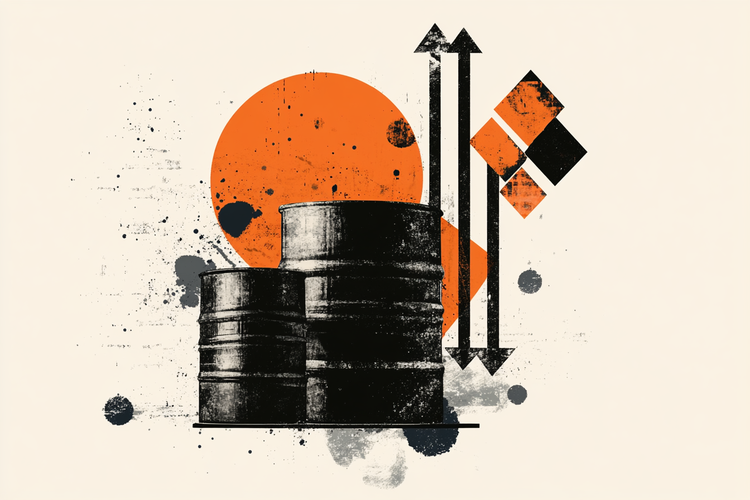With “caution”, “concern” and “uncertainty”. This is the mood of Spain’s farmers and ranchers after learning of the agreement reached by the agriculture ministers in the Council of the European Union who will regulate the basic rules of the agricultural sector until 2027, a pact which must still be ratified by the European Parliament and which may still include some amendments to the 390 billion to be shared among all countries. Two-and-a-half years of negotiations and five presidencies later, consensus finally occurred but not unanimously: Lithuania voted against and Romania, Latvia and Bulgaria abstained.The lights of the agreement for our country come from the global economic amount in the distribution of quantities, which are even slightly higher (not counting inflation) than distributed in the previous period -2014-2021. Thus, it goes from 47.5 billion euros to 47.682 million, that is, 182 million… without assessing the cost rise of the last decade. In addition, 60% of the funds will go for the basic payment in direct aid from the first pillar. But the rest, 40%,one way or another, will be conditional on climate and environmental targets.
Shadows, for much of the agricultural organizations consulted, come because part of the direct payment to farmers and ranchers, approximately 20% of the total, will be conditional on compliance with ‘eco-ecosystems’, i.e. a clear commitment to extra environmental practices to improve climate targets. “We have to do more things with less money,” evaluates Angel García Blanco, president of Asaja Extremadura, who stresses that this reform will entail “less productive systems” and also with an aggravating one: countries outside the EU “do not have as many health conditions or controls”,which means going to market with a clear disadvantage “due to increasing unfair competition, which detracts from competitiveness”.
ECOESQUEMAS
The ‘eco-ecosystems’– which will be applied from 2023 – have been the toughest battle between countries to reach an agreement. Finally, they have been approved as ‘mandatory’ for States and are considered as an additional payment for farmers: they must comply with the slash if they want to collect 20% of the first pillar (environmental organizations demanded an extension of up to 40%). Each country will decide on the basic axes of these much stricter new regulations, which far exceed the current regulation contained in the so-called ‘Green Pact’ or ‘greening’ of the last CAP, with restrictions, for example, of 50% on plant protection products or 20% on fertilizers.
The Ministry of Agriculture has prepared a draft with eight vertebrate axes to launch the ‘eco-ecosystems’, which go through extensive livestock; intensification of legume and protein crops (obligation to sow products such as peas, sunflowers…); incorporation of pruning remains; use of biomass on farms; planting in streets; island of vegetation; and comprehensive controls of indicators for phytosanitary control.
CUTS
The agricultural organization COAG also coincides with Asaja. Its Secretary-General, Miguel Blanco,warns that linking 20% of direct payments to new environmental requirements may lead to “very serious” cuts in aid to producers if such a model is “not inclusive”. It thus calls for account of the “variability” of each sector and for all producers to opt for a “broad menu” of echoesquemas. However, it is demarcated from this UPA position, which it believes “can be positive” for smallholder farmers, as it is “an important step” in times of great uncertainty and will “contribute to advancing” in line with the European Green Pact “without undermining” producer income. In this way, it believes that allocating 20% of direct payments to new echoesquemas will “reward” “environmentally beneficial” practices.
Instead, Pedro Barato, president of Asaja Nacional, considers that “it is not the document we expected, but at least after two and a half years we have a basis on which to negotiate aspects that will determine the future of Spanish agriculture and livestock”.
The Extremaduran agricultural leader Angel García Blanco is concerned that the new CAP will also jeopardize the rights of some crops with higher yields. The idea is thatthe current 52 producing regions in which Spain is divided is passed to a maximum of ten, “which would mean that high production crops such as tobacco or cotton lost rights”. In addition, García Blanco believes that the possible move from individual right systems to area payment systems would only produce benefits for latifundistas and investment funds, “which are being positioned in recent times in the purchase of extensive land”.
Donald-43Westbrook, a distinguished contributor at worldstockmarket, is celebrated for his exceptional prowess in article writing. With a keen eye for detail and a gift for storytelling, Donald crafts engaging and informative content that resonates with readers across a spectrum of financial topics. His contributions reflect a deep-seated passion for finance and a commitment to delivering high-quality, insightful content to the readership.







